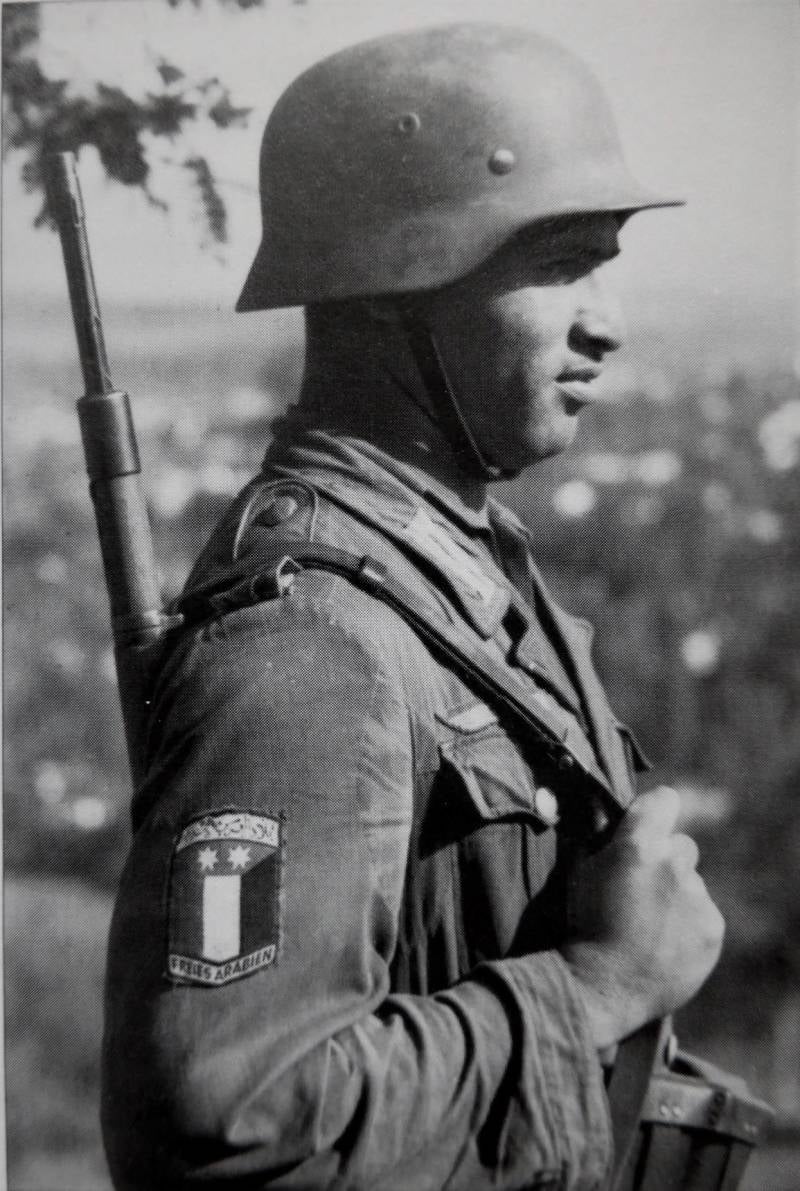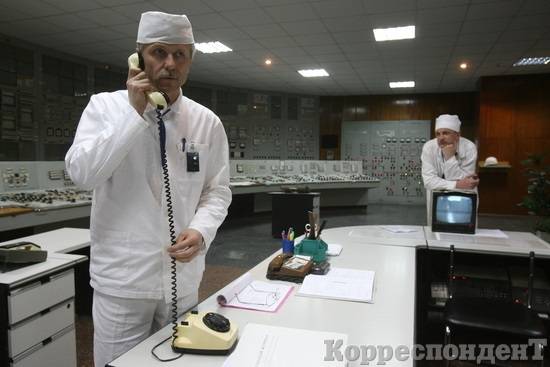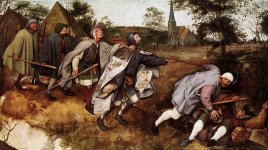However, the most and most surprising and, in general, a phenomenon that was very difficult to explain was the use of various Muslim, Caucasian and Turkic formations by the Nazis. And this is after Himmler himself called them "wild nations." And what's more, their formation within the framework of the “SS troops” completely, by all 100%, contradicted all Nazi racial doctrines, and the very goal of organizing the SS, which was originally conceived as “an alliance of specially selected Nordic Germans”. And here? Flat faces, narrow eyes ... Well, these are Nordic signs that there’s nowhere else to go!
It is not clear why, but Hitler was especially distrustful of the volunteer units of collaborators recruited from the peoples of the USSR, and only in Muslims did he see those who could be relied upon. For example, in December 1942, at a meeting, he told his generals: “I do not know how these Georgians will behave. They do not belong to the Turkic peoples, I believe only Muslims are reliable. I consider all the others unreliable. At the moment, I consider the formation of these purely Caucasian battalions to be very risky, while I do not see any danger in creating purely Muslim formations. Despite all the statements of Rosenberg and the military, I do not trust the Armenians either. ” Here is how! And once again it shows how dangerous it is to trust the opinion of a “brilliant leader”, especially ... who does not have a decent education, because most often it will be wrong. But - the Führer said, “the machine started spinning”: the formation of military units from Soviet prisoners of war from “Turkestan and Caucasian nationalities” began, in which Uzbeks, Kazakhs, Tatars, Azerbaijanis and others were recorded. Already at the end of 1943 the “1 East Muslim SS Regiment. " In November 1944, it was turned into the “East Turkic SS Troops Union” which was given over to the standard of the SS Standartenfuhrer ... Harun al-Rashid. For some time he was listed as part of the 13 (Muslim) Mountain Rifle Division of the SS Handshar, but later became a separate formation.
In May 1944, a regiment in the Minsk region participated in military operations against the Red Army and ... then what happened was what happened. A large group of Kazakhs went to the partisans. After that, the regiment, or rather, what was left of it, was transferred to Northern Slovakia. But there, in December 1944, 400, Uzbek soldiers and officers again went over to the partisans. He commanded the rebel Obersturm Fuhrer SS Alimov, who at one time commanded this regiment.
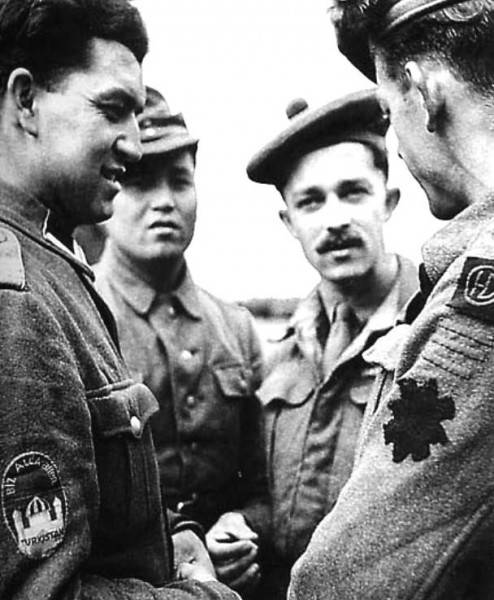
Soldiers from the 51-th division of the English army next to prisoners of war from national units. The legionnaire's left can clearly see the emblem with the inscription TURKISTAN (its other variety is also known, where the bow and arrow were depicted)
The British and American military, who landed in Normandy in June 1944, constantly noted that many of the "Germans" who surrendered to them were in fact citizens of the Soviet Union. According to their estimates, there were about 10% of all captured soldiers of the German army. And many fled to the French partisans, if only the opportunity presented itself.
In one of the comments to the first part of this material, the question was asked: did the blacks fight for the Germans? Yes, they fought. Because the command of the German armed forces, and in particular the leadership of the SS, did not consider it anything special to use "cannon fodder" with any color of skin. And if Reichsfuhrer SS Himmler agreed to create “national” units from Russians and Muslims, then there was a place for the British, Americans, and even Indians and Arabs. Are they worse? Moreover, there was another category of scum, which also did not disdain. These are actually German criminals, to whom God himself could have ordered “atone for the Reich” by fighting the partisans as part of the “valiant SS troops”. And such a unit, of course, was formed in February 1942. It was a special battalion of the Dirlenwanger SS, which in 1945 became the 36 SS division of the Dirlenwanger. Moreover, not only Germans, criminals, but also traitors from among Ukrainian nationalists served in it. Apparently, this audience turned out to be their closest in spirit, otherwise it is difficult to explain.
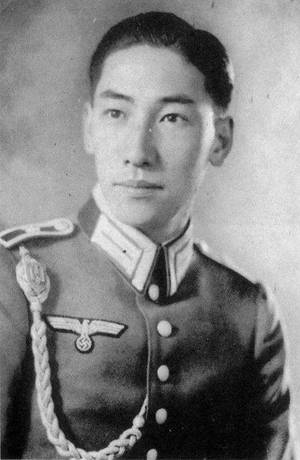
Very interesting photo. Chinese Jiang Weigo in uniform of fan-cadet (candidate for officers) Wehrmacht
Admission of criminals to the ranks of the SS took place directly in concentration camps, and the selection of candidates was reduced to a simple formality. In the camps, such “SS men” performed the duties of kapo, warders, block elders, etc. In Auschwitz, these prisoners were, for example, from 1940 and “worked” together with SS guards “Dead Head”. Whatever crime they committed, they had nothing to fear from the gas chamber, they ate separately from other prisoners, had special rations and even ... their own apartments in the camp, and often well furnished, and even sold the things of the destroyed prisoners. That is, among the fascists practically any “human material” came into play, if only he had a suitable “morality” and spiritual values corresponding to his “ideals”.
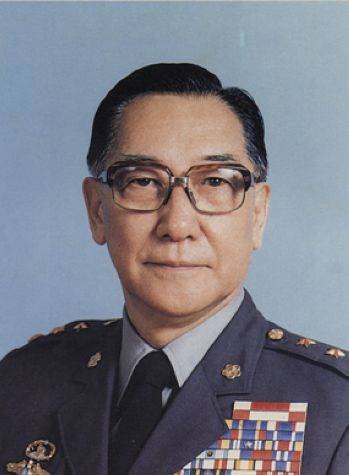
And this is what he became - that is, the experience of German service benefited him. Jiang Weigo is the general of the armed forces and Minister of National Defense of Communist China. 1965-1969
And the last - all this was not a secret to anyone in the highest echelons of power of the Reich. An open secret, so to speak, and nothing more. So, far from the last person in the SS hierarchy, and the second after Himmler - SS Obergruppenführer Reinhard Heydrich, in June 1942, he directly called the SS "a garbage can." That is, he, at least, was aware that the actions of the SS, and of himself, were simply criminal. And it is hardly an exaggeration to say that being a fascist or a Nazi (here the accuracy of the wording does not play a special role!) Simply means a state of mind, otherwise no one would buy such stupidity. And they were under Hitler in Germany, they were in England, USA, France, Norway among Arabs and Indians, among Chinese, Japanese, among Soviet citizens and white emigrants from Tsarist Russia. They exist today both in the West and in the former republics of the USSR, and even in modern Russia ...
[/QUOTE]
People from many ethnic groups served for a variety of reasons in the german army. Especially in the waffen ss that was a german "foreign legion". But the arthicle is not so true. In fact, many foreigners were enlisted with strength in the whermacht, others were fanatics or adventurers, others believed that Europe was in danger because of the red terror spreading all over Europe and believed in a crusade against Soviet Union. Others just enlisted in the waffen ss to defend their land and not because they believed in Hitler or in Nazism: this is the case of the letton and the estonian waffen ss legions. So, the reasons were really different, as usually happens in reality. The arthicle mentions the african, indian and even the very few british prisoners who chose the german uniform( but they never fought), and were only used for propaganda purpose. About the muslim legions( who rebelled, deserted and were soon dissolved) ...Well, the writer is wrong about the fact that Hitler considered the muslims rubbish people. This is historically wrong. In fact, Hitler, appreciated a lot the muslims, because they hated the jewish..So both the muslims ad the nazi hated the jewish. Finally, about the russians enterring the whermacht , the writer is also wrong. Most of the russian troops serving in the whermacht( Vassov, german cossacks, HIWIS) were faithful to the germans, till the death( also because they were aware that, whenever fell in the hands of the soviets again, they would be slaughtered, and this happened!).
So, the writer makes a lot of mistakes. By the way,the world today is totally different from those times, and if many russians feel in danger because of the foreigners, well, they seriously need psychiatric care.
Morover, history shows that Russia recentry is guilty for agression at their ex soviet republics: Georgia, Moldova, Ukraine...The scheme is the same: attacking a country with the excuse of helping the russian minorities.


